- The Crypto Fire
- Posts
- Macro Environment: What the End of the Shutdown and Fed Signals Mean
Macro Environment: What the End of the Shutdown and Fed Signals Mean
A simple breakdown of how Federal Reserve and Monetary Policy shifts shape liquidity, risk, and crypto.
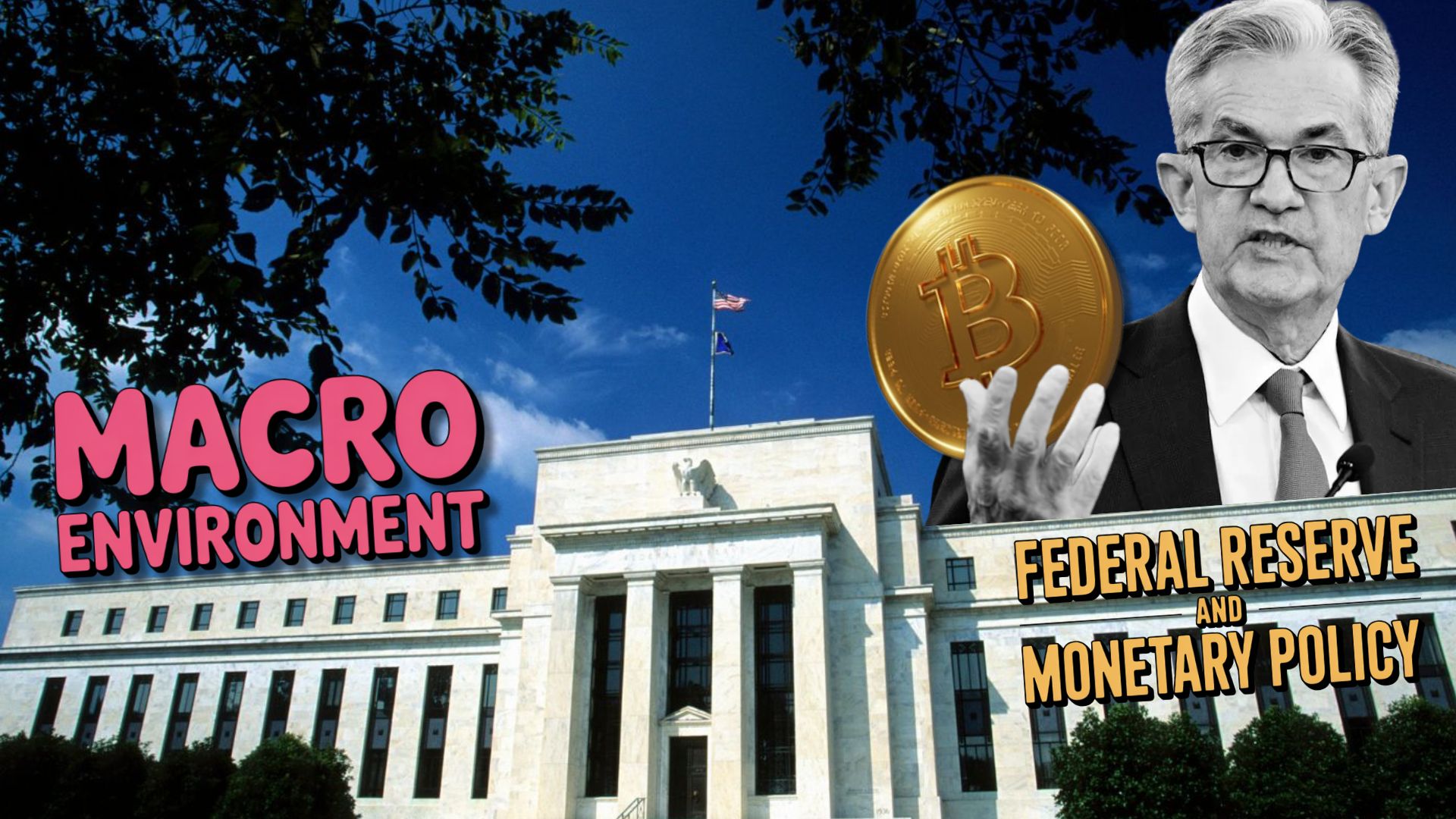
Table of Contents
⭐ Shutdown Ends and Liquidity Slowly Returns
The macro environment is getting a bit more stable now!
You and I saw how the shutdown sucked liquidity out of the system. Close to a trillion dollars gone. That pressure hasn’t fully disappeared, but with the government open again, the macro environment gets a small push in the right direction.
It is not a big boost, just less weight on the market.
The reason is simple: contractors get paid, projects restart, stalled budgets unlock. It’s not a big wave of cash (~1 trillion dollars). This return of normal spending boosts consumption and helps money flow through the market again.
This ties straight into Federal Reserve and Monetary Policy. Ending the shutdown removes one layer of stress. But the Fed is still the main force shaping the macro environment. The shutdown just clears the noise so you can see the Fed more clearly.
👀 Federal Reserve and Monetary Policy.
Everyone keeps watching December because the market keeps hoping for rate cuts. But Federal Reserve and Monetary Policy is not designed to give surprises. Powell avoids surprises. You know that. I know that. The market knows that.
The Fed plans to end quantitative tightening around December 1. That doesn’t mean they’re starting big asset purchases again. It’s just the Fed slowing the pace of balance-sheet shrink so bank reserves don’t fall too low.
Federal Reserve and Monetary Policy is also trying to keep stability. The macro environment signals no rush to cut but it signals no new tightening either.
December cuts are possible, but not guaranteed. The Fed wants growth to be steady. And it wants the macro environment to avoid violent swings.
If the FOMC refuses to cut in December, Powell will warn the market ahead of time. That’s how Federal Reserve and Monetary Policy always works. You never shock the market unless you want chaos. And Powell does not want chaos.
🔥 Aurthor’s Perspective
Bitcoin $BTC ( ▼ 3.78% ) has had a rough week, and the talk about a possible “death cross” is adding more fear. But if you look at the pattern since 2023, every death cross in this cycle has lined up with a local bottom. Each time, the price dropped sharply, panic kicked in, and then the market stabilized.
Bitcoin touching the $94,000 zone fits the pattern of a big liquidity sweep. It’s the kind of move that looks scary but often signals exhaustion rather than a full trend reversal. And when the macro environment starts easing, these technical bottoms tend to form more cleanly.
The economy can feel confusing right now because the data looks strong while the job market feels weaker. A big part of this comes from AI. Companies are using AI to boost productivity, which means they can get more done with fewer hires.
So the economy, and GDP rises, but the job market becomes tougher. Inflation is still there, but it’s not out of control. The real problem is the widening gap between companies that adopt AI and everyone else.
Retail spending is likely to stay weak. Most of the money and income growth sits at the top, and that limits broad consumer spending. Unless something major changes in the structure of the economy, there isn’t a fast path to a strong retail rebound.
If the Fed decides not to cut rates in December, Powell won’t let the market get caught off guard. Federal Reserve and Monetary Policy is built around avoiding surprises. As the December meeting gets closer, Powell will use public comments to shape expectations.
The goal is stability.
Looking at liquidity over the next 3 to 12 months, there are a few clear sources. Rate cuts from the Fed will naturally add liquidity. The Fed may also allow small balance-sheet expansions to keep bank reserves aligned with economic growth.
Fiscal policy adds more support and bills like the One Big Beautiful Bill, tax cuts, and tariff revenue will push money into the system starting in 2026. And now that the shutdown is over, government spending is back on. Federal deficits are huge and ongoing, and that spending keeps liquidity flowing into the broader market.
⚡ Key Takeaway
The macro environment is stabilizing as the shutdown ends: Liquidity isn’t rushing back, but the pressure from a trillion-dollar drain is easing. Contractors get paid again, projects restart, and normal spending resumes. This slow return of cash helps the macro environment breathe a little.
Federal Reserve and Monetary Policy aims for stability, not surprises: The Fed plans to end quantitative tightening on December 1. That doesn’t mean QE. It’s simply slowing the balance-sheet shrink to keep bank reserves healthy. December rate cuts are possible but not guaranteed. The priority is calm, predictable conditions.
If there’s no December cut, Powell will signal it early: Federal Reserve and Monetary Policy avoids shocking markets. If the Fed holds rates steady, Powell will guide expectations ahead of time to prevent volatility. Stability remains the goal.
Liquidity is set to improve over the next 3 - 12 months: Rate cuts would add liquidity. Small balance-sheet expansions may support bank reserves. Fiscal policy adds more fuel through federal spending, tax measures, and ongoing deficits. With the shutdown over, government spending is flowing again.
Bitcoin’s weakness may be another cyclical bottom: The fear around a “death cross” looks similar to past bottoms in this cycle. Price drops, panic hits, and then the market finds a floor. A softer macro environment increases the chance that this pattern repeats.
The economy looks strong on paper but feels weak for workers: AI boosts productivity but reduces hiring. GDP rises, but the job market tightens. Inflation is manageable, yet the gap between AI adopters and everyone else widens, creating stress that doesn’t show up in headline data.
Retail spending will stay soft: Wealth and income are concentrated at the top. Without major structural changes, broad household spending is unlikely to bounce strongly in the near term.
If you’re interested in other topics and want to stay ahead of how Crypto are reshaping the markets, from whale strategies to the next major altcoin narrative, you can explore more of our deep-dive articles here:
*indicates premium insights available to Pro readers only.
Rate us today!Your feedback helps us improve and deliver better Crypto content! |
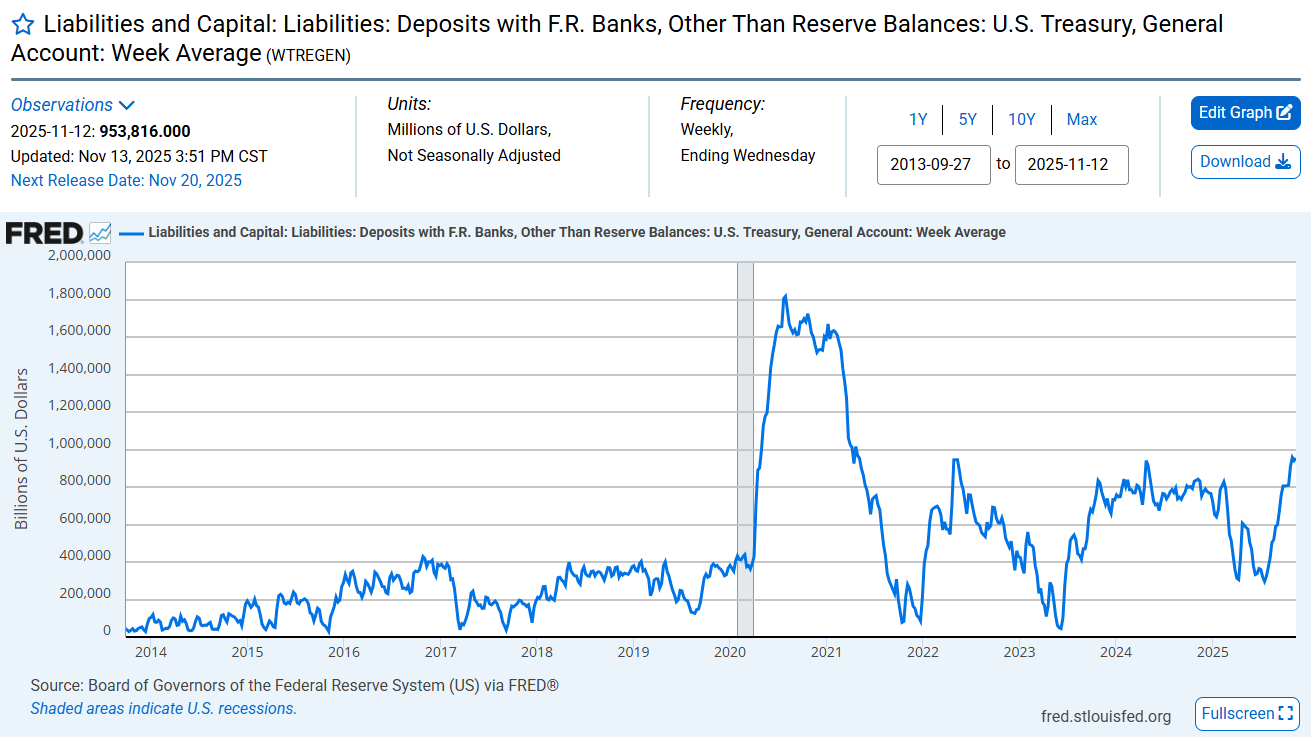
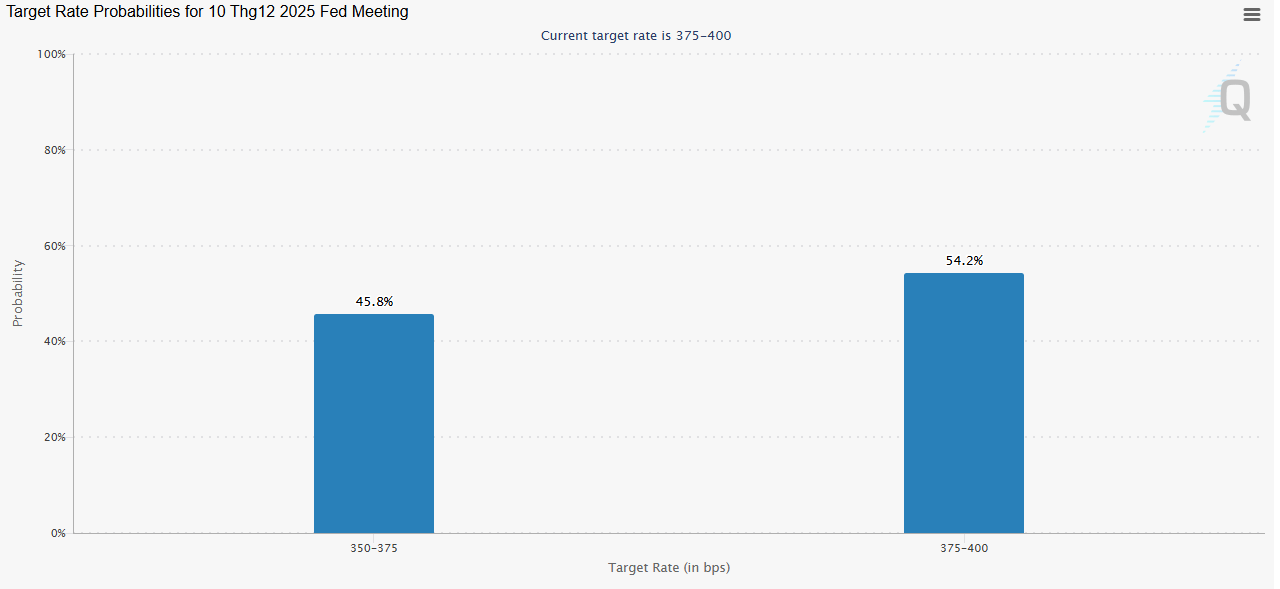
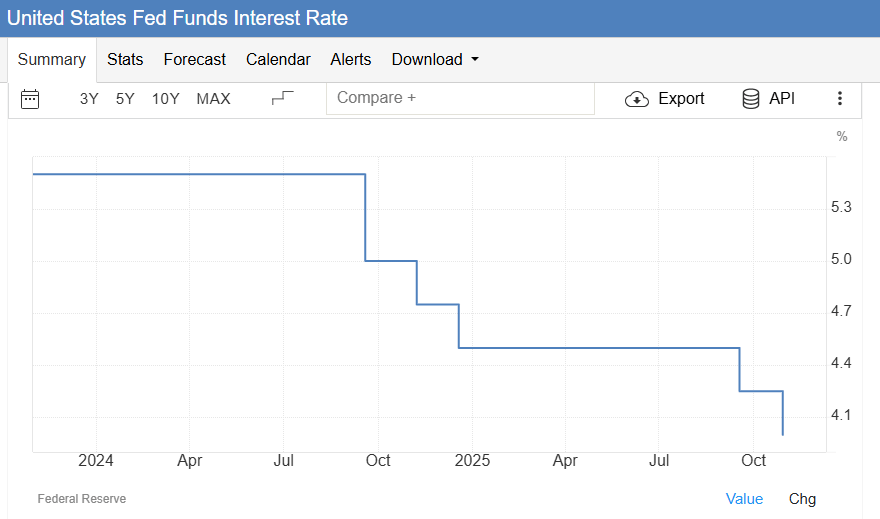
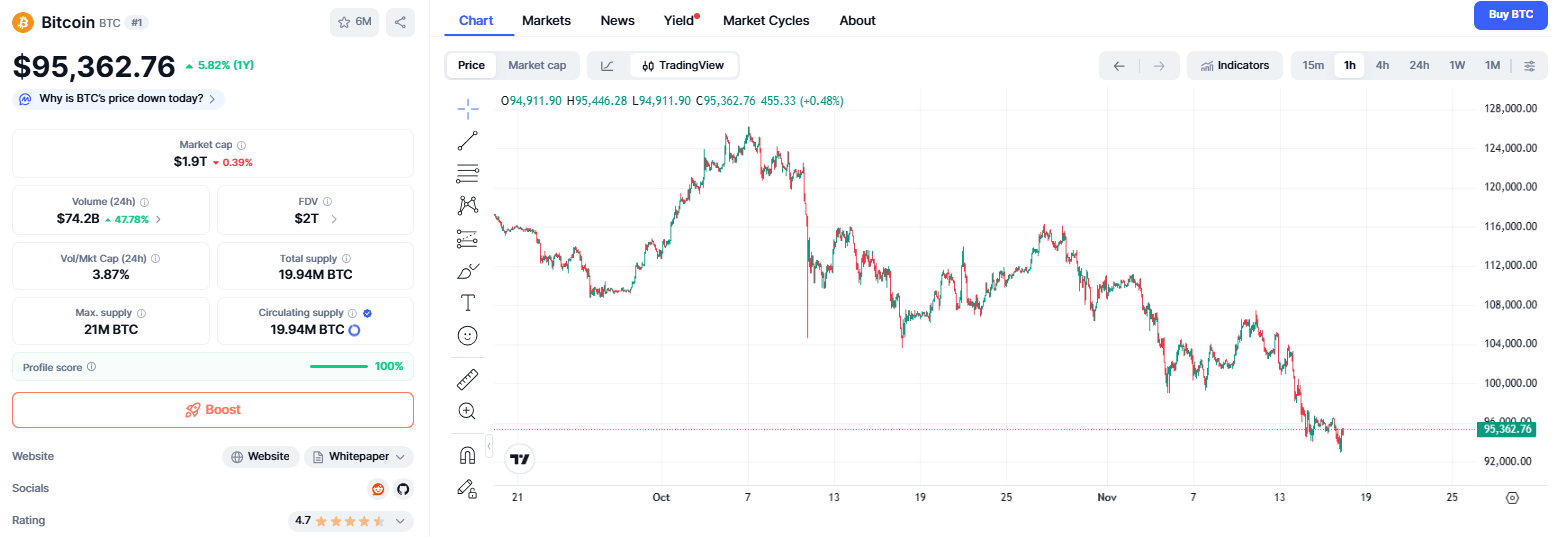

Reply